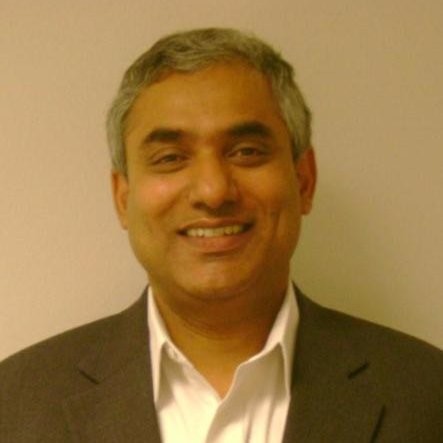Provides valuable insights to help reshape organizations with GenAI responsibly, the report highlights importance of strategic implementations, governance and training
Research by NTT DATA reveals that healthcare organizations are struggling to create cohesion between their GenAI ambitions and strategies. More than 80% of healthcare organization leaders surveyed said they have a well-defined GenAl strategy, but only 40% agreed their GenAl strategy strongly aligns with their business strategy. Only 54% classified their GenAI capability as high performing.
GenAI already is transforming healthcare through enhanced quality of patient and provider experiences as well as betterfinancial outcomes. Yet even greater improvements and return on investment are hindered by challenges in data security, privacy, ethics and regulatory compliance. These findings are among the highlights of NTT DATA’s new executive insight report, GenAI: The Care Plan for Powering Positive Health Outcomes. The report is based on responses from 425 decisionmakers and influencers from healthcare organizations across 33 countries.
Key Findings:
- 94% of respondents say GenAI accelerates R&D to enable faster access to new treatments,improved diagnostics, predictive analytics and task automation.
- 95% believe cloud-based solutions are the most practical and cost-effective option for their GenAI technology needs.
- 75% acknowledge a lack of necessary skills to work with GenAI effectively, while 93% are addressing GenAI’s impact on employee roles and responsibilities.

“To achieve GenAI’s full potential in healthcare, organizations must align the technology to their business strategies,develop comprehensive workforce training,andimplement multilayered governance strategies that prioritize people and keep humans in the loop.”
-Sundar Srinivasan, Head of Healthcare, NTT DATA North America
“To achieve GenAI’s full potential in healthcare, organizations must align the technology to their business strategies,develop comprehensive workforce training,andimplement multilayered governance strategies that prioritize people and keep humans in the loop,” said Sundar Srinivasan, Head of Healthcare, NTT DATA North America. “It’s vital to transparently show how the technology benefits patients bycomplementing human workers.”
Human-centric GenAI solutions enable clinicians and administrative staff to work more efficiently while maintaining a safe, patient-centered approach to healthcare. For instance, GenAI technology can predict chronic diseases to enable early intervention and can also reduce handling time for prior authorization inquiries. In another example, NTT DATA and Duke Healthare using GenAI to create an advanced interactive model for home care to improve outcomes while reducing workloads and stress for clinicians, hospitals and patients.

Improved compliance and process adherence are among top outcomes from current GenAI investments, yet a massive 91% of healthcare executives are fearful of privacy violations and potential misuse of Protected Health Information (PHI). Just 42% strongly agree their existing cybersecurity controls effectively protect current GenAI applications.That said, 87% of respondents agree the existing benefits and long-term potential of GenAIoutweigh security and legal risks. 59% plan significant GenAI investments over the next two years.
Other challenges for rapid and responsible GenAI implementation in healthcare includeoutdated technology infrastructure and data readiness.91% say legacy infrastructure greatly affects their ability to use GenAI, while 44% strongly agree they have sufficiently invested in data storage and processing capabilities for GenAI workloads. Only 48% have assessed the GenAIreadiness of their data and platforms.
“In addition to clearly supporting operating objectives, AI systems also must be aligned with regulatory and clinical guidelines,” Srinivasan said. “Success hinges on high data quality and establishing collaborative decision-making teams.”
Of the 425 respondents, 81% represent large enterprises with more than 10,000 employees. 70% are from the C-suite; 28% are a vice president, head or director; and 3% are senior managers or specialists. 28% hold IT-specific roles.




